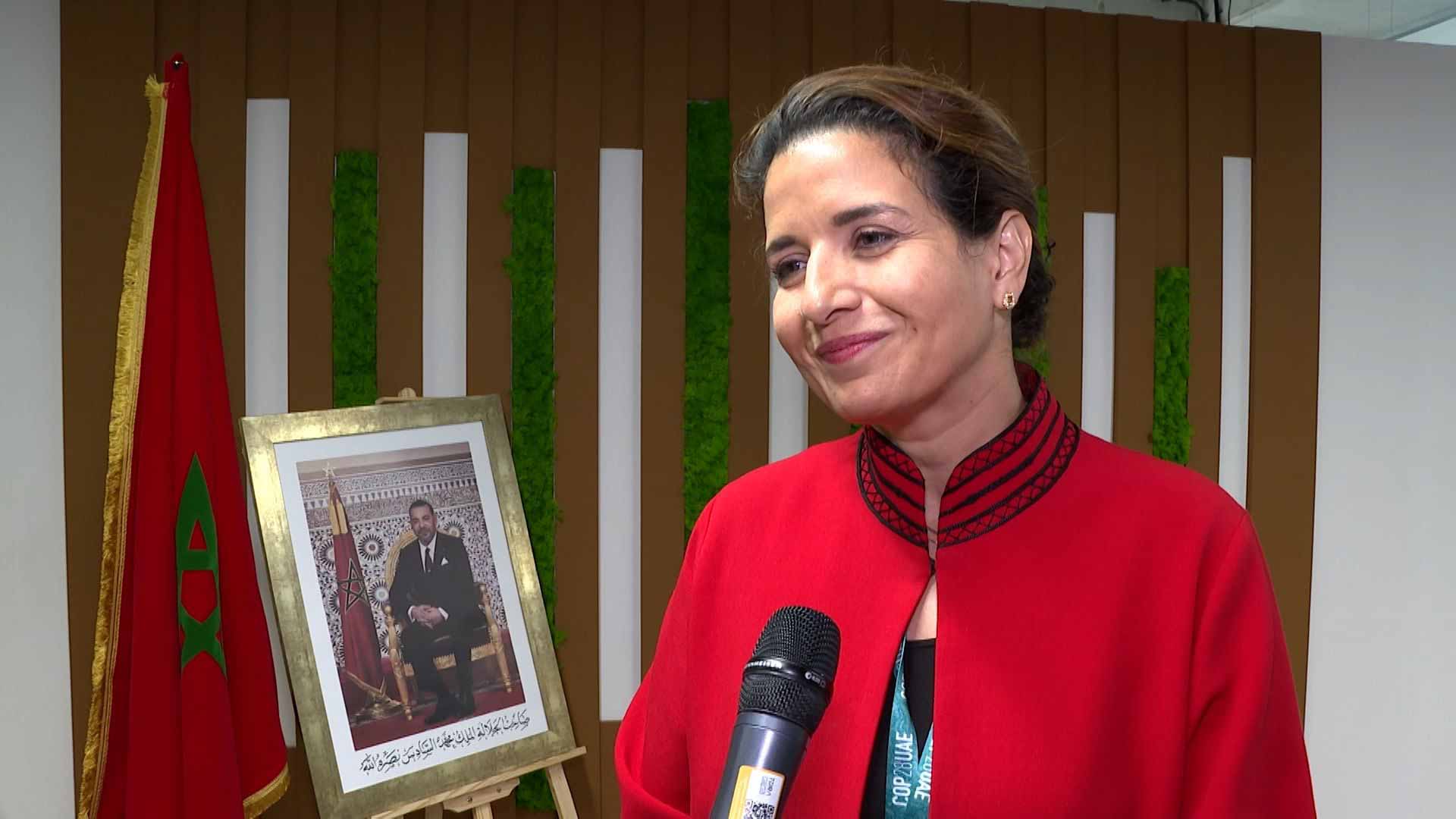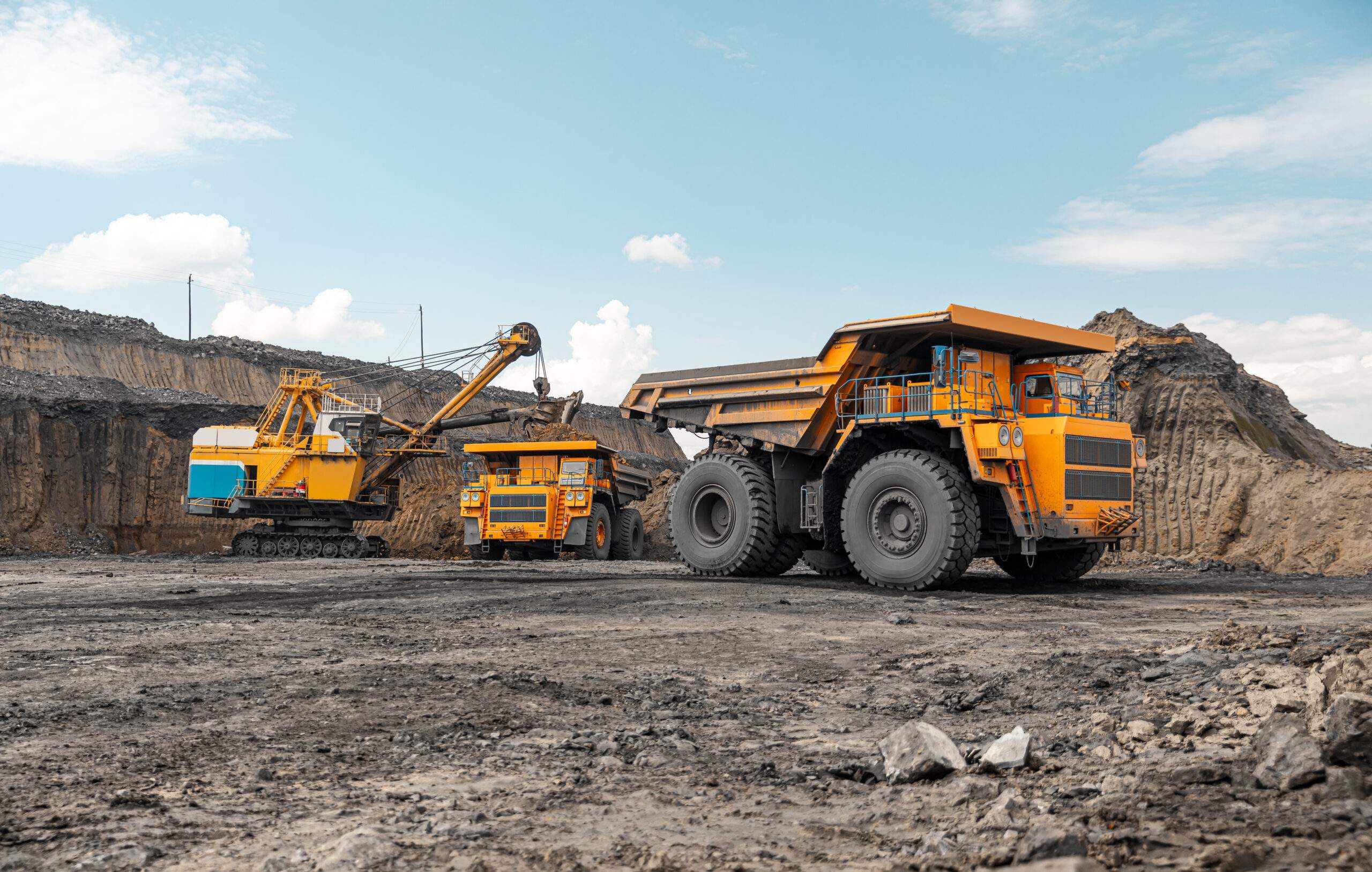South Africa’s mining industry story of integration and success
By Kagiso Bonoko
Globally renowned for its sheer abundance of minerals worthy of mining, South Africa (SA) has gone on to become an industrial hotspot for the world’s mining industry, with a large portion of the country’s economy centres around the mining sector.
The development of many Southern African countries is inextricably linked to mining. For example, South Africa’s Johannesburg-Pretoria metropolitan area, a regional economic and financial hub, developed because of the local gold supply in the late 1800s. Yet the history of mining in Southern Africa, a region marked by high levels of inequality, is beset with controversy.
According to the McKinsey report of February 2019 (Putting the shine back into South African Mining – A path to competitiveness and growth), the mining value chain is the historic bedrock of South Africa’s economy. It directly contributes more than 300 billion rand to GDP, employs thousands of people, both directly and indirectly, and is the economic anchor of many communities around the country.
Unfortunately, much of the news coverage about South African mining in recent years has been negative. Total mining employment has fallen by approximately one tenth in the last 10 years, a net loss of more than 50,000 jobs. Moreover, McKinsey’s analysis shows that the productivity of South African mining operations for key commodities has declined over the past five years, even as mining companies in other regions have made rapid gains in productivity.
The seriousness of these issues should not be underestimated, there is real potential for the country’s mining industry to return to growth. Mining companies can drive real gains in productivity within the space of a few years, if they step up technology adoption and improve key dimensions of organizational health ,such as employee motivation and the work environment.
The opportunities to rekindle growth and job creation include localizing the value chain from mining operations, expanding downstream processing for key commodities, and unlocking the potential of the country’s rich ore bodies. Continued improvements and investment in the mining sector continue to be critical to accelerating growth in South Africa’s broader economy.
The Fraser Institute’s 2022 annual survey of mining and exploration companies report rated South Africa and several countries on the continents as the ten (10) least attractive jurisdictions for investment based on the Policy Perceptions Index (PPI) rankings. The survey is an attempt to assess how mineral endowments and public policy factors such as taxation and regulatory uncertainty affect exploration investment.
According to the Institute’s survey, geologic and economic considerations are important factors in mineral exploration, and a region’s policy climate is also an important investment consideration. The PPI is a composite index that measures the overall policy attractiveness of the 62 jurisdictions in the survey. It is composed of survey responses to policy factors that affect investment decisions. These include uncertainty concerning the administration of current regulations, environmental regulations, regulatory duplication, the legal system and taxation regime, uncertainty concerning protected areas and disputed land claims, infrastructure, socioeconomic and community development conditions, trade barriers, political stability, labour regulations, the quality of the geological database, security, and labour and skills availability.
The Minerals Council is working closely with the Department of Mineral Resources and Energy and other departments to address the many challenges mining companies are facing.
Issues noted years ago that still persist, which are of major concern to the council include the backlog of more than 4, 000 mining and prospecting rights as well as mineral right transfer applications within the department. Also worrying is the slow progress to replace the failed South African Mineral Resources Administration cadastral system with a modern, transparent, corruption-free, online system.
South Africa owes itself the duty to revitalize efforts that address the underlying challenges.
Mining has the ability to effectively lift other sectors when it is performing well, but it risks pulling them down when it struggles. The mining industry has a profound effect on how the rest of the country is performing.
The success and integration of the mining industry in Africa has, in many instances, given the country a fighting chance with its exports and overall industry. In fact, it has arguably given South Africa a standpoint in the stock markets, improved relationships with other countries, and provided a wide variety of foreign investments that have built the region up to what it is today.
Despite the country’s gold mining production having declined in recent years, the gold mining industry still benefits the economy and South Africa’s people in many ways:
- Gold mining attracts foreign capital to the country, via the JSE or direct investment.
- Gold export earnings have a positive impact on the balance of payments, foreign reserves, monetary policy, and the level of business activity in the country.
- The industry creates employment in other industries.
- Gold mining has a role to play in the development of human resources (training) and infrastructure such as schools, colleges, clinics, roads, and housing.
- The industry purchases goods and services, which stimulates industrial production and the provision of services.
- It currently employs thousands of people, with each employee supporting between five and 10 dependents.
Even though diamond and gold production are now well down from their historic peaks, South Africa is still fifth worldwide in gold production, and remains a cornucopia of mineral riches. It is the world’s largest producer of chrome, manganese, platinum, vanadium, and vermiculite. It is the second largest producer of ilmenite, palladium, rutile, and zirconium. It is also the world’s third largest coal exporter. South Africa is also a huge producer of iron ore; in 2012, it overtook India to become the world’s third-biggest iron ore supplier to China, the world’s largest consumer of iron ore.
Fraser Institute Annual Survey of Mining Companies, 2022 – www.fraserinstitute.org
McKinsey Report – https://www.mckinsey.com/featured-insights/middle-east-and-africa/putting-the-shine-back-into-south-african-mining-a-path-to-competitiveness-and-growth
Share this content:














